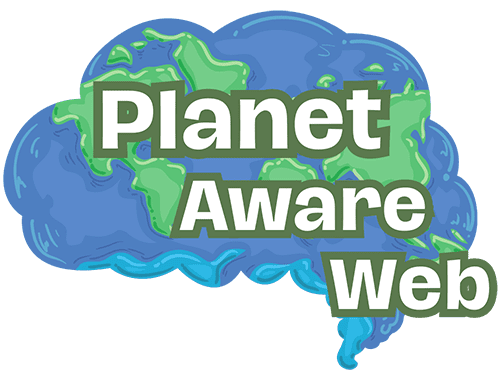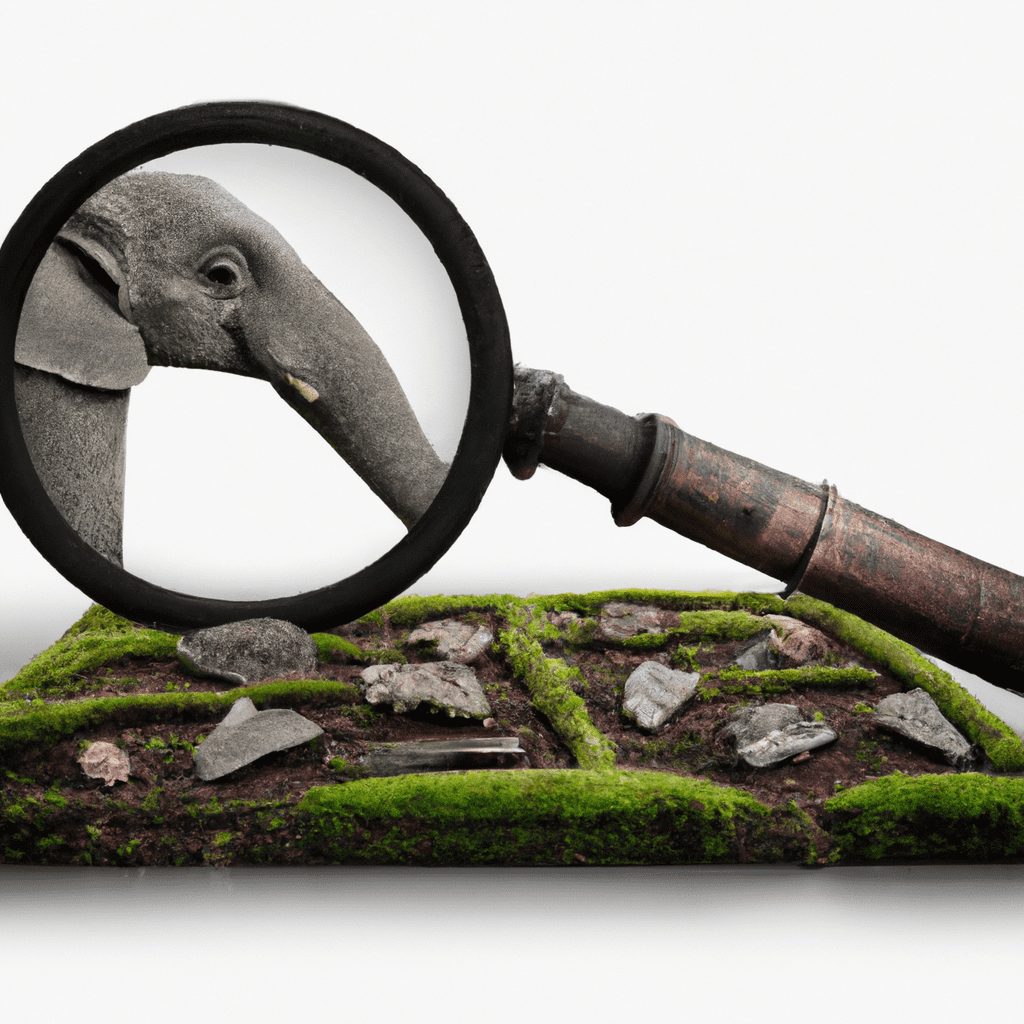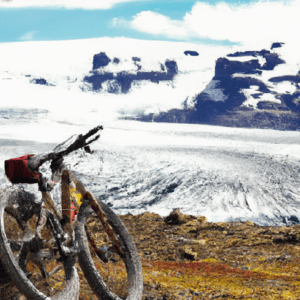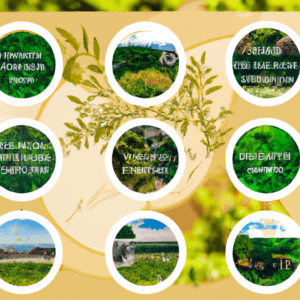In a world where the delicate balance of nature is constantly being threatened, it is crucial to understand and support the protection of endangered species. The call of the wild, a mesmerizing symphony of unique and diverse creatures, is gradually fading away as their habitats dwindle and their populations decline. Through understanding the importance of conservation efforts and taking action to support the preservation of these remarkable species, we can ensure that future generations will have the opportunity to witness the beauty and vitality of the natural world.


Understanding Endangered Species
Definition of endangered species
An endangered species refers to a species of plants or animals that is at risk of becoming extinct in the near future if immediate action is not taken to protect and conserve their populations. The term “endangered” is used to express that the species is facing a high risk of extinction due to various factors, ranging from habitat loss and degradation to overexploitation, climate change, and more. The International Union for Conservation of Nature (IUCN) provides a widely recognized classification system that categorizes species into different levels of endangerment, such as critically endangered, endangered, and vulnerable.
Causes of endangerment
There are numerous causes that contribute to the endangerment of various species around the world. Habitat loss and degradation are among the primary drivers, often resulting from human activities such as deforestation, urbanization, and agricultural expansion. Pollution, including water, air, and soil pollution, poses a significant threat to many species, altering their ecosystems and affecting their reproductive abilities and overall health. Climate change is another major factor, leading to shifts in temperature and precipitation patterns and disrupting the delicate balance of ecosystems. Additionally, overexploitation, including illegal hunting and fishing, can push species towards extinction by depleting their populations beyond sustainable levels.
Effects of endangerment
The endangerment of species has far-reaching consequences, extending beyond simply losing a particular animal or plant species. When a species fades away, it disrupts the delicate balance of ecosystems and can lead to a domino effect on other species, causing a decline in biodiversity. This loss of biodiversity impacts the overall health and resilience of ecosystems, making them more susceptible to disturbances and less able to provide vital services such as clean air, water, and food. Furthermore, the disappearance of certain species may result in the loss of unique genetic resources and valuable ecological interactions that play important roles in maintaining the stability of ecosystems.
Importance of Protecting Endangered Species
Ecosystem balance and biodiversity
Protecting endangered species is crucial for maintaining the balance of ecosystems and preserving biodiversity. Each species, no matter how small or seemingly insignificant, plays a vital role in the intricate web of life. These species contribute to the overall health and functionality of ecosystems by participating in various ecological processes such as pollination, seed dispersal, nutrient cycling, and predation. When a species is lost, the ripple effects can be far-reaching, leading to imbalances in the ecosystem and potentially causing cascading impacts on other species.
Preservation of unique genetic resources
Endangered species often possess unique genetic attributes that make them invaluable resources for scientific research and potential future uses. The genetic diversity within and between species allows for adaptability and resilience in the face of changing environmental conditions. By conserving endangered species, we safeguard the genetic diversity they embody, which may hold the key to developing new medicines, crop varieties, and other advancements beneficial to humans and the natural world.
Ethical responsibility towards other species
As the dominant species on Earth, humans have a moral and ethical responsibility to protect and preserve the diversity of life on our planet. The richness and variety of species have intrinsic value and deserve to exist irrespective of their perceived usefulness to humans. By acknowledging and respecting the intrinsic worth of every species, we demonstrate our commitment to ethical principles that prioritize the well-being of all living beings and recognize our interconnectedness with nature.
Laws and Regulations for Endangered Species Protection
International agreements and conventions
A crucial aspect of protecting endangered species is the establishment of international agreements and conventions that aim to ensure their conservation. One prominent global initiative is the Convention on International Trade in Endangered Species of Wild Fauna and Flora (CITES). CITES regulates and monitors the international trade of endangered species, ensuring that it does not threaten their survival. Other international agreements, such as the Convention on Biological Diversity (CBD) and the United Nations Framework Convention on Climate Change (UNFCCC), also address the protection of endangered species within their broader mandates.
National legislation and acts
Many countries have enacted laws and acts at the national level to safeguard their native endangered species. These legal frameworks establish guidelines for the protection and conservation of endangered species and provide a basis for enforcement. They may include provisions for habitat protection, prohibitions on hunting and poaching, restrictions on the trade of endangered species, and measures to mitigate threats such as pollution and habitat destruction. Examples of national legislation aimed at protecting endangered species include the Endangered Species Act in the United States and the Wildlife Protection Act in India.
Enforcement and penalties
Effective enforcement mechanisms are essential to ensure the effectiveness of laws and regulations for protecting endangered species. Governments and law enforcement agencies play a vital role in enforcing these laws and prosecuting individuals or organizations involved in illegal activities such as poaching, trafficking, and habitat destruction. Penalties for violating endangered species protection laws can range from fines and imprisonment to confiscation of assets and revocation of permits or licenses. Strong enforcement is critical to deter illegal activities and send a clear message that endangering species will not be tolerated.
Conservation Strategies
Habitat preservation and restoration
Preserving and restoring habitats is fundamental to the conservation of endangered species. Protecting existing habitats from destruction and degradation helps maintain the necessary conditions for species survival and ensures the continuity of ecological processes. Conservation efforts often involve the establishment and management of protected areas, such as national parks and wildlife reserves. Restoration efforts focus on revitalizing degraded habitats by re-establishing native vegetation, reintroducing key species, and implementing sustainable land management practices.
Species reintroduction programs
Species reintroduction programs aim to reintroduce endangered species into their former habitats where they have been extirpated or are endangered. This conservation strategy involves carefully assessing the ecological suitability of the reintroduction site, addressing potential threats, and monitoring the reintroduced individuals to ensure their successful establishment. Reintroduction programs have been successful for various species, such as the California condor and the black-footed ferret, demonstrating that with proper planning and management, species can recover and thrive in the wild.
Conservation breeding programs
Conservation breeding programs, also known as captive breeding or ex situ conservation, involve the breeding of endangered species in controlled settings, such as zoos, botanical gardens, and specialized facilities. These programs serve as a safety net for species that face imminent extinction in the wild by maintaining a genetically diverse and viable population in captivity. The primary goals of conservation breeding programs are to prevent the complete loss of a species, support reintroduction efforts, and serve as a source of individuals for scientific research and education.


Challenges in Endangered Species Protection
Habitat destruction and fragmentation
One of the greatest challenges in protecting endangered species is habitat destruction and fragmentation. Human activities such as deforestation, urbanization, and infrastructure development continue to encroach upon and degrade vital habitats. As habitats are fragmented and reduced in size, species are isolated, their access to resources becomes limited, and their survival chances diminish. Fragmentation can disrupt ecological processes, hinder migration patterns, and increase vulnerability to predation and other threats.
Poaching and illegal wildlife trade
Poaching and the illegal wildlife trade pose significant threats to many endangered species worldwide. The demand for wildlife products, including ivory, rhino horn, and exotic pets, drives the illegal trade and fuels the loss of countless individual animals and the decline of entire species. Poaching not only results in direct harm to species populations but also disrupts ecosystems by removing key species that play critical roles in ecological processes. Effective law enforcement, public awareness campaigns, and community engagement are essential to combat this illegal activity.
Climate change and pollution
The increasingly urgent issue of climate change and pollution exacerbates the challenges faced by endangered species. Rising temperatures, changing precipitation patterns, and extreme weather events can alter habitats and disrupt the delicate balance of ecosystems, making it harder for species to adapt and survive. Pollution, including air and water pollution, also affects species directly or indirectly by contaminating their food sources and habitats. Addressing these global challenges requires collaborative efforts on a larger scale, encompassing policy changes, sustainable practices, and public awareness campaigns.
Role of Conservation Organizations
Establishment and objectives
Conservation organizations play a crucial role in the protection and conservation of endangered species. These organizations, ranging from international non-governmental organizations (NGOs) to local grassroots initiatives, are driven by a common goal: to safeguard biodiversity and promote sustainable practices. They work towards the preservation of endangered species through scientific research, advocacy, community engagement, and the implementation of conservation projects and initiatives. By raising awareness and providing expertise, conservation organizations contribute significantly to the global effort to protect endangered species.
Conservation projects and initiatives
Conservation organizations undertake diverse projects and initiatives aimed at preserving endangered species and their habitats. These projects can range from habitat restoration and protected area management to community-based conservation programs and research initiatives. Conservation organizations collaborate with governments, local communities, and other stakeholders to develop and implement strategies that address the specific needs and challenges faced by endangered species. By investing in research, habitat protection, and education, these initiatives strive to ensure the long-term survival of endangered species and the sustainability of ecosystems.
Collaboration with governments and communities
Collaboration between conservation organizations, governments, and local communities is vital for effective endangered species protection. Governments provide the legal and regulatory frameworks necessary to protect species, while local communities possess valuable traditional knowledge and can contribute to conservation efforts on the ground. Conservation organizations act as facilitators, bringing together different stakeholders, fostering dialogue, and creating partnerships that lead to more comprehensive and sustainable conservation practices. By engaging with communities and promoting local participation, conservation organizations ensure that conservation efforts are inclusive and mutually beneficial.
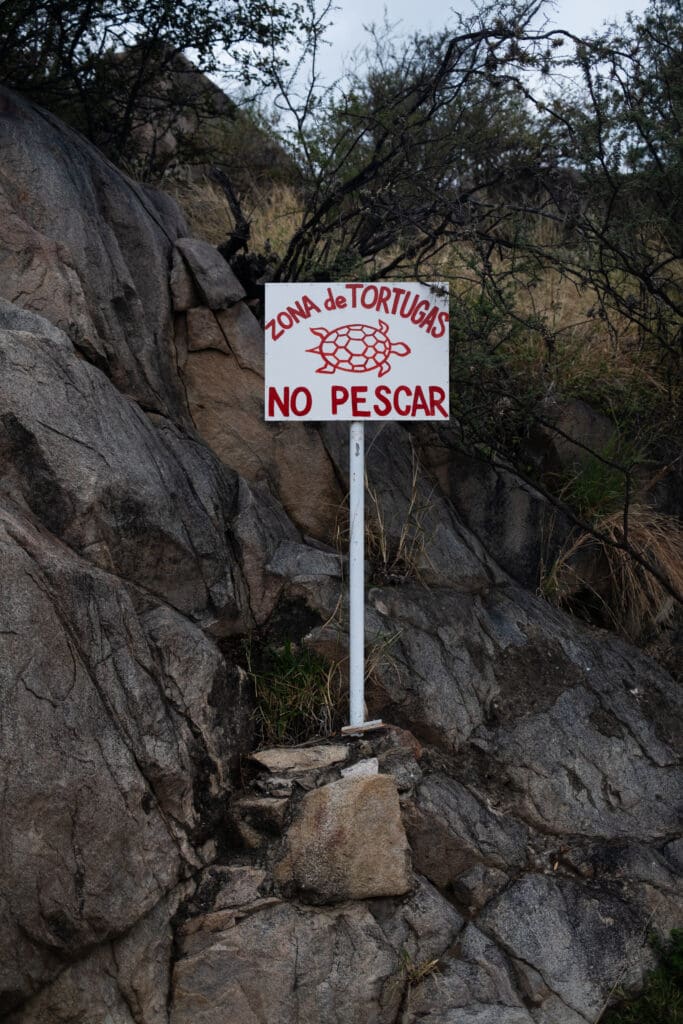

Human Impact on Endangered Species
Deforestation and habitat loss
Human activities, particularly deforestation, have a significant impact on endangered species. Trees are cut down to make way for agriculture, urbanization, and logging, resulting in the loss and fragmentation of habitats. Forest-dwelling species, such as orangutans and tigers, are particularly vulnerable to deforestation, as they rely on dense forest cover for food, shelter, and breeding. Halting deforestation and promoting sustainable land-use practices are essential in curbing habitat loss and protecting endangered species that depend on forests and other ecosystems.
Overexploitation of resources
Overexploitation, including excessive hunting, fishing, and harvesting of resources, poses a severe threat to many endangered species. Commercial hunting for bushmeat, trophy hunting, and illegal poaching for the wildlife trade contribute to the decline of numerous species, including elephants, rhinos, and tigers. Unsustainable fishing practices also deplete fish stocks and harm marine ecosystems, affecting numerous species. Balancing human needs with conservation efforts is crucial to ensure the sustainable use of resources and prevent further harm to endangered species.
Introduction of invasive species
The introduction of invasive species, whether intentional or accidental, can have devastating consequences for native species. Invasive species outcompete and prey upon native species, disrupt ecological relationships, and can drive native species towards extinction. For example, the introduction of predatory mammals to islands where native birds had no natural predators led to the extinction of many unique bird species. Preventing the introduction and spread of invasive species through strict biosecurity measures and habitat management is essential in protecting endangered species and maintaining ecosystem balance.
Public Education and Awareness
Promoting knowledge about endangered species
Public education and awareness campaigns are essential components of efforts to protect endangered species. By promoting knowledge about endangered species and the threats they face, these campaigns inform the public about the importance of conservation and inspire action. Educational initiatives can take various forms, including school programs, public lectures, documentaries, and online resources. Increasing awareness fosters a sense of responsibility and encourages individuals to make informed choices that contribute to the conservation of endangered species and their habitats.
Engaging in conservation activities
Engaging in conservation activities empowers individuals to take an active role in protecting endangered species. This can be achieved through various means, such as volunteering for habitat restoration projects, participating in citizen science programs, or joining local conservation organizations. By getting involved in hands-on conservation work, individuals can directly contribute to the preservation of endangered species and witness the positive impact of their efforts. Engaging in conservation activities also provides opportunities for personal growth and connection with nature.
Supporting sustainable practices
Supporting sustainable practices in our daily lives and communities can significantly contribute to the protection of endangered species. These practices can include reducing energy consumption, adopting sustainable agriculture methods, promoting responsible tourism, and advocating for sustainable policies and practices at the local and national levels. By choosing sustainable products, supporting businesses that prioritize environmental stewardship, and making conscious lifestyle choices, individuals can reduce their ecological footprint and help create a more sustainable future for both humans and endangered species.
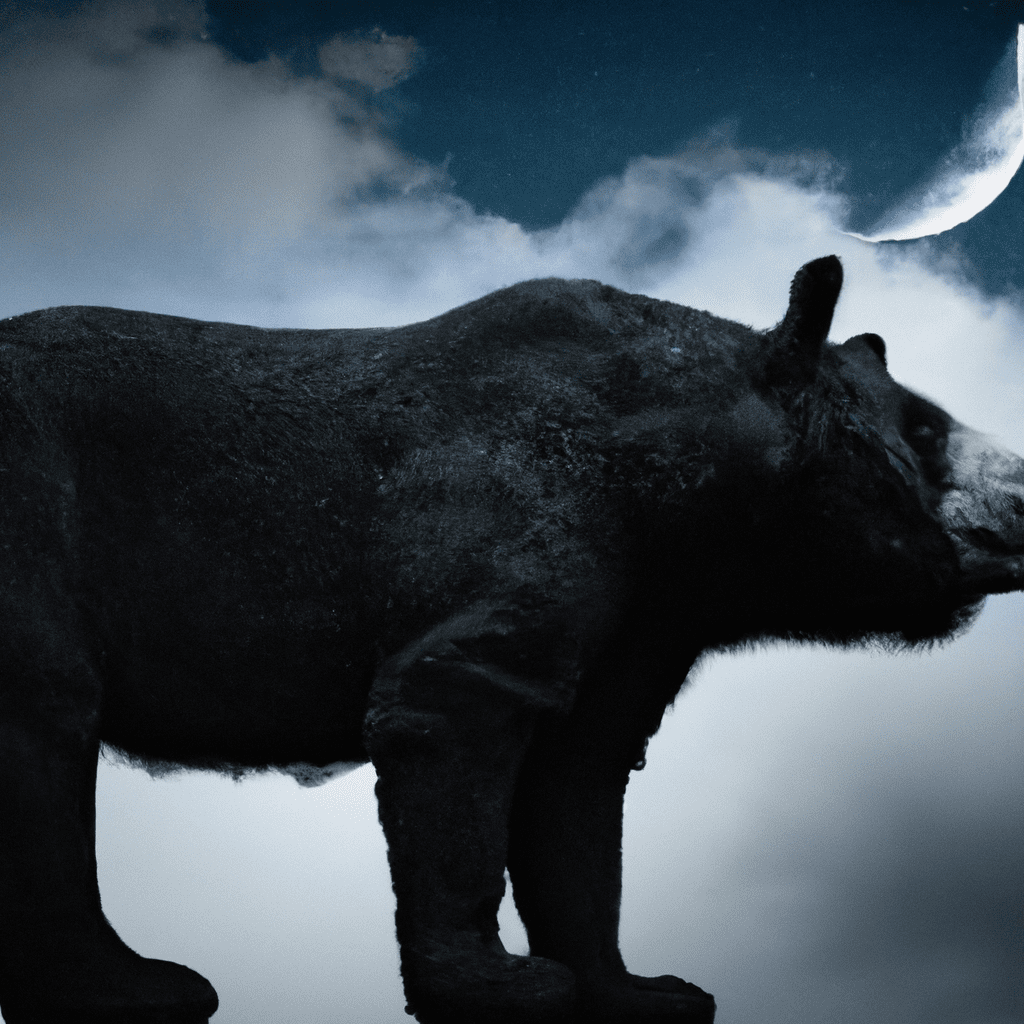

Citizen Science and Participation
Involvement of communities in data collection
Citizen science programs involve the participation of the general public in scientific research and data collection. By involving communities in monitoring and data collection efforts related to endangered species, valuable information can be gathered on population dynamics, distribution, and behavior. Engaging citizens in collecting data not only expands the scientific knowledge base but also instills a sense of ownership and stewardship among participants. Citizen science programs enable individuals to contribute meaningfully to the conservation of endangered species, fostering a sense of connection and shared responsibility.
Volunteer programs and eco-tourism
Volunteer programs and eco-tourism initiatives provide opportunities for individuals to directly contribute to the conservation of endangered species while experiencing unique and educational adventures. These programs often involve working alongside conservation organizations on projects such as habitat restoration, wildlife monitoring, or community outreach. Eco-tourism encourages responsible travel practices that minimize negative impacts on ecosystems and local communities. By participating in volunteer programs or engaging in eco-tourism, individuals can make a positive difference while gaining a deeper understanding of the challenges faced by endangered species and their habitats.
Advocacy and activism
Advocacy and activism are powerful tools for raising awareness, effecting change, and protecting endangered species. Individuals can use their voices to advocate for stronger environmental policies, lobby for the protection of specific endangered species, or protest against activities that harm biodiversity. Social media platforms and online petitions provide avenues for amplifying concerns and mobilizing support. By leveraging collective voices and engaging in activism, individuals can drive broader societal change and encourage governments and businesses to prioritize the protection of endangered species.
Success Stories in Endangered Species Conservation
Examples of species recovery
While many species remain at risk, there have been notable success stories in the conservation and recovery of endangered species. The bald eagle, once on the brink of extinction due to habitat loss and pesticide use, has made a remarkable recovery and has been removed from the U.S. Endangered Species List. Similarly, the southern white rhinoceros has experienced significant population growth following intensive conservation efforts. The recovery of these species demonstrates that with effective conservation strategies, dedicated efforts, and collaboration, it is possible to reverse population declines and ensure the survival of endangered species.
Notable conservation achievements
Conservation achievements extend beyond the recovery of individual species. Efforts to protect and restore habitats have resulted in substantial gains for both endangered species and broader ecosystems. For instance, the establishment of protected areas, such as the Great Barrier Reef Marine Park and the Serengeti National Park, has led to the conservation of diverse and unique ecosystems. In some cases, conservation efforts have also resulted in the reintroduction of keystone species, such as the gray wolf in Yellowstone National Park. These achievements highlight the effectiveness of conservation strategies and the importance of continued efforts to protect endangered species.
Impact of conservation efforts
Conservation efforts have a profound impact not only on individual species but also on the health and resilience of ecosystems as a whole. By protecting and restoring habitats, conserving genetic diversity, and mitigating threats, these efforts contribute to the preservation of biodiversity, the provision of ecosystem services, and the sustainability of human well-being. Conservation initiatives have also fostered community engagement, increased awareness, and inspired a sense of stewardship among individuals. The impacts of conservation efforts extend beyond the immediate benefits they provide, serving as a testament to the power of collective action and dedication to protecting endangered species.


